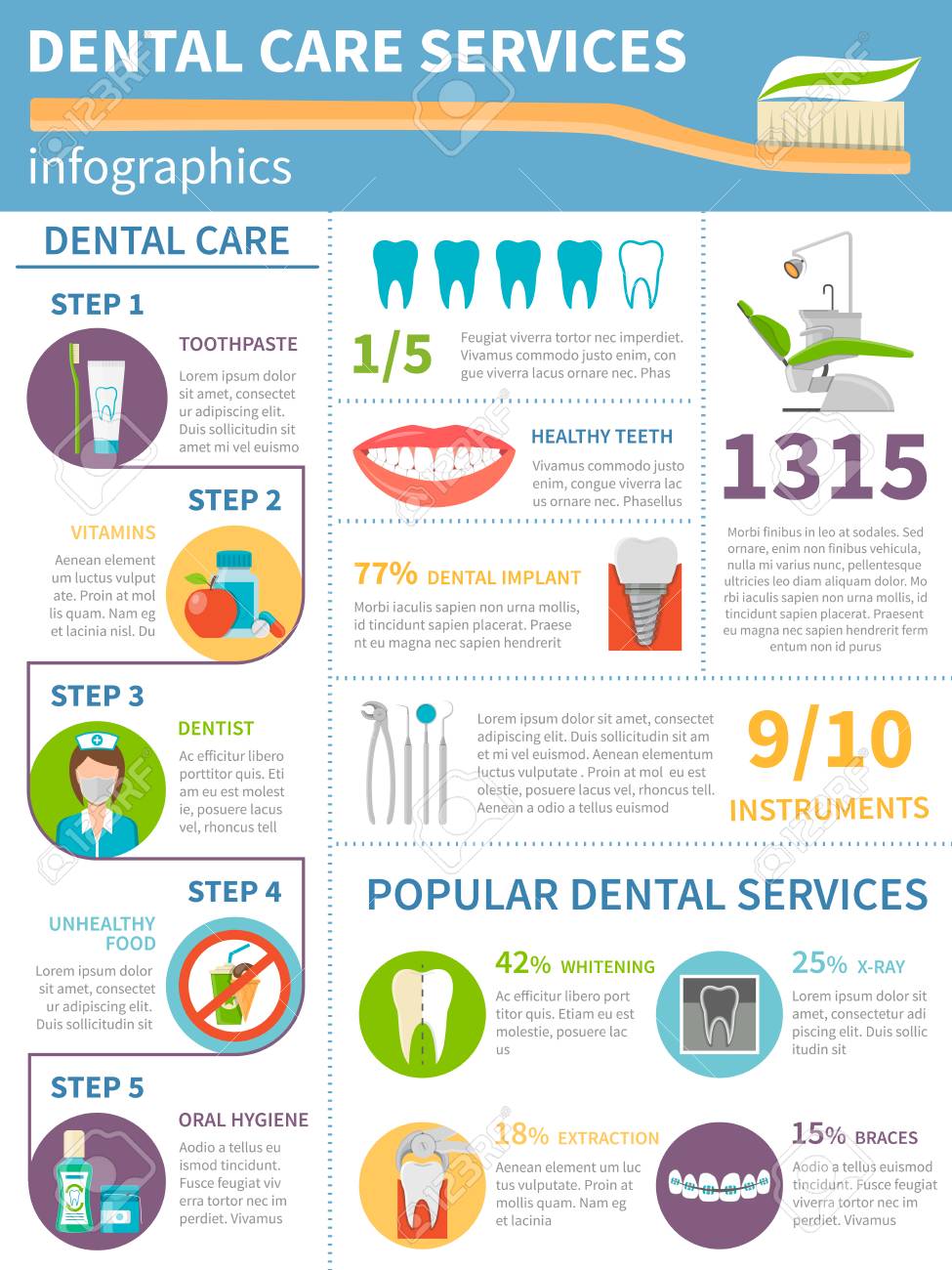Invisalign Vs. Conventional Braces: A Detailed Contrast
Invisalign Vs. Conventional Braces: A Detailed Contrast
Blog Article
Personnel Writer-Field Isaksen
When confronted with the choice between Invisalign and traditional braces, you might wonder which option lines up far better with your lifestyle and choices. The option includes greater than just the visual allure; it delves into aspects like treatment duration, comfort, and long-term dental wellness effects. Think about the effect each alternative may have on your everyday regimen and self-confidence. As we explore the comprehensive contrast, you'll acquire understandings right into the subtleties that make these orthodontic treatments distinct and discover which one may be the better fit for you.
Products and Building and construction
When comparing Invisalign to typical braces, the materials and building and construction differ substantially. Invisalign includes clear, smooth plastic aligners custom-made to fit your teeth. These aligners are virtually unnoticeable, making them a popular selection for those looking for a more very discreet orthodontic therapy.
On the other hand, standard dental braces involve steel braces that are glued to your teeth. These braces are then attached by cords and elastic band, applying stress to progressively move your teeth right into the preferred position.
The construction of Invisalign aligners allows for an extra comfy fit compared to standard dental braces. The smooth plastic material lowers irritability to your cheeks and gums, which is a common problem with metal braces and cables. Furthermore, Invisalign aligners are detachable, making it easier to clean and floss your teeth without any blockages.
In contrast, typical braces are taken care of onto your teeth, calling for additional treatment and time for appropriate upkeep.
Upkeep and Oral Health
The maintenance and dental health practices vary in between Invisalign and traditional dental braces because of their distinct style and building and construction.
With Invisalign, you can get rid of the aligners when eating or cleaning your teeth, permitting you to keep your routine oral hygiene routine with no obstructions. what to do after tooth extraction to brush your teeth after consuming before putting the aligners back on to protect against food bits from obtaining caught and triggering degeneration.
On the other hand, conventional dental braces call for added focus to keep your teeth clean. Food bits can easily get stuck in the brackets and wires, bring about plaque buildup and prospective tooth decay. You'll need to utilize unique devices like interdental brushes or floss threaders to clean in between the cords and brackets efficiently.
Routine oral examinations and cleanings are necessary to ensure that your dental hygiene remains in top problem while using traditional braces.
Exposure and Appearance
Exposure and looks play a considerable function in the comparison in between Invisalign and typical braces. When it concerns appearance, Invisalign uses a clear advantage over standard braces. Invisalign aligners are practically undetectable, making them a popular choice for those that prefer an extra discreet orthodontic treatment alternative.
Unlike the visible steel brackets and cables of standard dental braces, Invisalign aligners are clear and assimilate with your all-natural teeth, allowing you to grin confidently throughout your treatment.
Standard dental braces, on the other hand, are a lot more noticeable as a result of their steel elements. While dentist offices may choose vibrant bands to personalize their braces, others could really feel self-conscious about the presence of these orthodontic appliances. The prominent appearance of conventional braces can sometimes affect an individual's self-worth, especially for adults in professional settings.
Conclusion
In conclusion, when picking between Invisalign and standard braces, consider your way of living and choices. Invisalign supplies a very discreet and comfortable option with easy upkeep, while conventional braces supply vivid personalization however may impact self-esteem.
Ultimately, the choice needs to be based on what jobs best for you in terms of aesthetics, ease, and convenience. See to it to consult with your orthodontist to determine the most suitable treatment for your private requirements.
